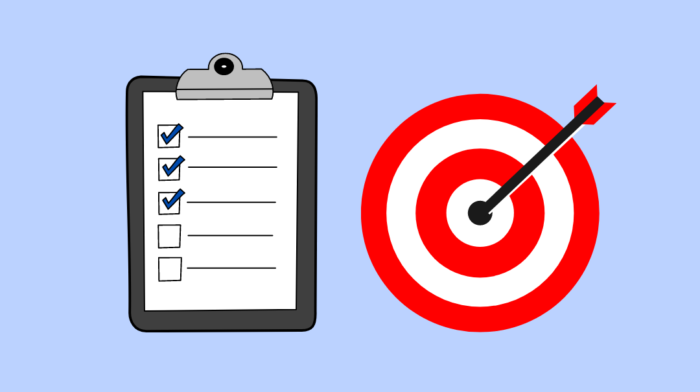Inbound marketing is a great marketing strategy to generate new leads online based on a web search. The essence of inbound marketing is to tie the potential customer to your brand and offering from the beginning of the buyer journey and provide content to support the decision. This can be done by educating the buyer about the problem, possible solutions, and closing the deal with your company. The important thing to remember is that the process of creating an inbound marketing strategy does not start with the message you want to push. Rather, it starts with understanding what kind of information the buyer is looking for and providing that in order to move the prospect along on the buyer journey.
The benefits of inbound marketing
- Improve your findability
- Optimize conversion rates
- Generate more leads
- Increase your revenues
There are several benefits of inbound marketing, and you can read more about inbound marketing and the reasons why it’s so effective from here.
Clear positioning as a base
Before jumping into creating a content strategy, the following questions will help you to determine what kind of messages you want the content to reflect:
- What is your company doing?
- For whom you are doing it?
- Why?
- How?
- What is the goal you want to achieve with the content?
Once your positioning is clear, you are ready to formulate the content strategy based on the following 5 steps.
1. Who are you targeting: creating buyer personas
The key when creating content is to know to whom you are creating the content. Everything starts with understanding your customer, their problems, and their needs. The goal is not to create content for everyone, but to have a narrowed target group who you are addressing. Creating buyer personas will help you a lot with understanding your target and thus creating valuable and effective content. You can read more about market segmentation and buyer persona creation here.
2. Content for buyer journey stages
Buyers are usually starting their buyer journey online, looking for information and educating themselves about the problem they are facing. Also notable is that the buyer journey is not always the same for every buyer, but some might have a more straightforward idea of what they need, and they are more educated about the topic and jump right to the consideration stage. The importance here is to understand how the buyers are approached and what type of content you should be producing for each buyer journey stage.
In the awareness stage, the buyer has the initial spark of the need to make a purchase, and they are looking to educate themselves about the product or service and prefer not to be contacted by a salesperson yet. For the awareness stage, it is important to have content pieces that are addressing the problem, educating the buyer and starting to suggest solutions for it. Content pieces that are answering the questions ‘what’ and ‘how’ are good examples of how to give information to educate the buyer on the topic.
In the consideration stage, a bigger majority of the prospects are already ready to talk to sales to get more information about the offering. They have already established the problem; they know about the solutions and they are possibly comparing different products and solutions and solution providers. In-depth content for more specific problems and solutions will be more effective at this stage of the journey, you could write white papers, eBooks, or conduct demonstrations of your solution.
The decision stage is about convincing the buyer of your offering by demonstrating the value. At this point, it is good to give the buyer an opportunity to have hands-on experience or free trial of the product and pack it up with case studies of how you have delivered value for a similar buyer and show some results.
3. Content themes and topic cluster planning
It is important that when you are planning the content that you have a clear idea of the themes and more narrowed topics you are creating content about. Furthermore, the topics should be complimenting each other with each one building upon the last. You should plan a topic cluster, the main topic around which you are planning the content so that every piece is adding new value.
4. Setting goals for the content
You are putting in all the effort and investing into content creation for a purpose. Setting goals for the marketing efforts is important to give you a direction for where you are going and so that you can keep track of your successes. With goals and indicators, you can measure whether the effort is taking you in the right direction and if you are reaching your goals.
5. Keep analyzing and optimizing the content
Having content is great and hopefully, it is generating traffic to your website. All the above mentioned are important steps in creating content and making a content plan, but how do you make sure that the content is performing and optimized? The work does not end here. Inbound marketing is an ongoing process of creating content, analyzing the performance, and optimizing based on it. This way you are able to learn from the content you create. Which ones are the top-performing pieces? Which content resonates with your target audience? Which pieces you should not create and which content you should amplify. This is the most important step in making sure that the inbound marketing efforts are done in an efficient manner.



